This post may contain affiliate links. Please see my disclosure policy for more details.
One of the most amazing aspects of travelling Australia has been seeing so many weird and wonderful native Australian animals! While Australian wildlife has a reputation for being dangerous, it is often colourful, beautiful and truly unique.
Here are some of the Australian animals I’ve encountered. I took a couple of pictures in zoos and wildlife sanctuaries, but the majority were taken out in the wild! Since I know some of you might be freaked out by snakes and spiders, I’ve put them right at the bottom. I personally think the insects are the most fascinating though!
Alternatively, check out my YouTube video below, where I’ve included some clips of kangaroos fighting and a bull ant on the rampage!
Australian Marsupials
Australia is well-known for having the largest variety of marsupials in the world. Marsupials are a group of mammals that give birth prematurely.
The new-born animal then continues to develop outside the mother’s body whilst remaining attached to the nipples on her lower belly. (I didn’t actually know this until I just looked it up!)
Most marsupials have a flap of skin, called a marsupium, covering the nipples. This is what we know more commonly as the pouch!
There are over 200 types of marsupial in Australia; here are a few common ones that I’ve come across.
1. Kangaroo
There are so many kangaroos in Australia that you’re pretty much guaranteed to see one (or fifty) if you go outside of the cities. Even suburban streets in greener areas sometimes have them hanging around on the driveways!
Kangaroos are the world’s largest marsupial, and the largest variety is the red kangaroo, which can grow up to 2 metres high and weigh up to 90kg!
Some kangaroos can hop a whopping 8m at a time and reach a speed of 60km per hour! They usually live for 20 to 25 years.
Kangaroos have very powerful hind legs and a long, muscular tail used for balance. They can also swim and use their forepaws to drown predators!
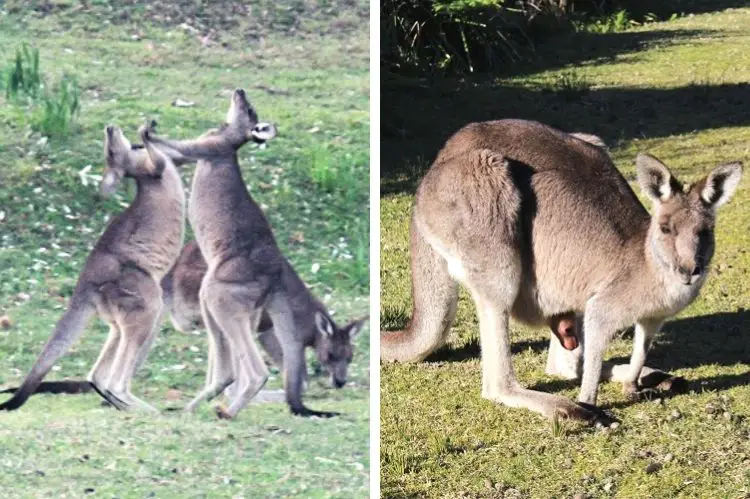
2. Wallaby
Wallabies look very similar to kangaroos, but are much smaller (and cuter, in my opinion!). They usually only weigh up to 20kg and reach a maximum of 1 metre in height.
The legs of a wallaby are shorter than those of a kangaroo and built for agility to move across forest floors or rocks, rather than speed across open plains.
They also have flatter teeth than kangaroos, useful for grinding up leaves from the forest floor instead of slicing grass. The lifespan of a wallaby is usually 11 to 14 years.
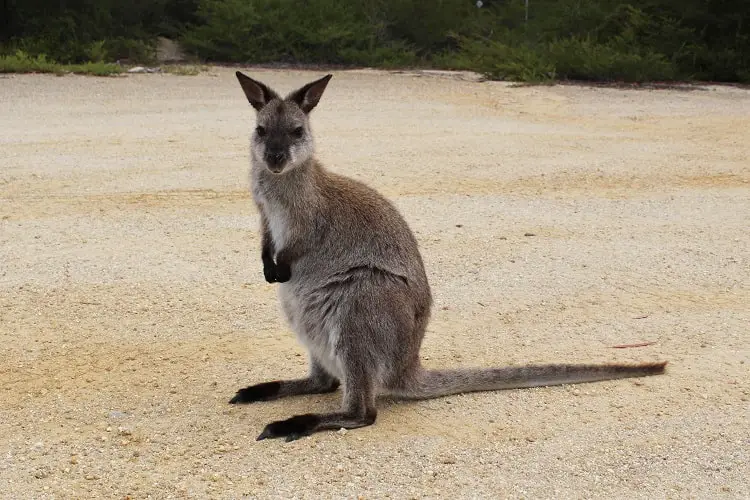
3. Koala
Koalas are another type of marsupial – they’re not bears – and they live up eucalyptus trees rather than on the ground. Since they eat eucalyptus leaves, which are toxic, koalas have very little energy and sleep between 18 and 22 hours per day.
Although koalas are one of the well-known native Australian animals, they can be pretty hard to find in the wild. I didn’t see any wild koalas on my whole Perth to Brisbane road trip, despite looking.
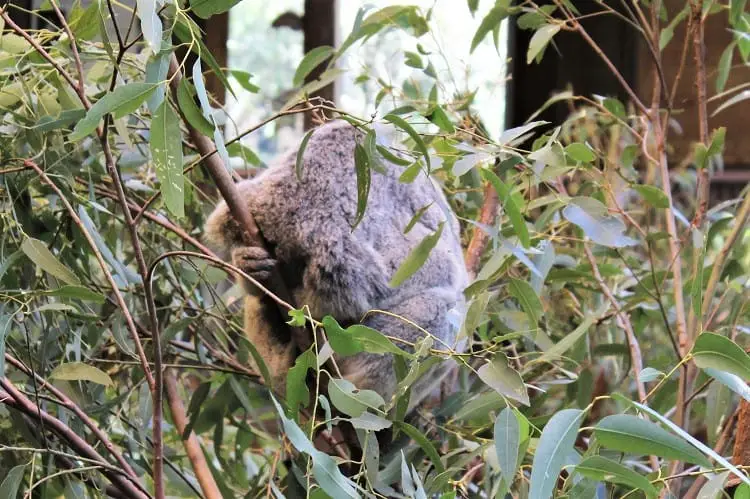
Koalas are also one of the top ten species most vulnerable to climate change, according to the International Union for the Conservation of Nature. Koalas need about 100 trees per animal, and much of their habitat has been destroyed by bush fires, logging and land clearing.
For a guaranteed sighting of koalas, consider visiting an Australian wildlife park or sanctuary. Many of these organisation stepped in to care for and rehabilitate koalas injured in the 2019-20 bush fires, along with volunteers.
Koala Experiences in Australia
- Sydney: WILD LIFE Zoo entry (Darling Harbour) to see koalas & Australian native animals
- Gold Coast: Currumbin Wildlife Sanctuary entry to meet koalas
- Magnetic Island: Bungalow Bay Koala Village YHA (budget holiday accommodation at a koala sanctuary)
- Port Stephens Koala Sanctuary, NSW
4. Quokka
Quokkas are actually a small type of wallaby, with short hind legs, and they live off plants, grass and leaves and can dig holes to find water. They’re one of the cutest native Australian animals you can see!
Dingoes and foxes have diminished the quokka population on mainland Australia, but you can still find them in south-west Western Australia.
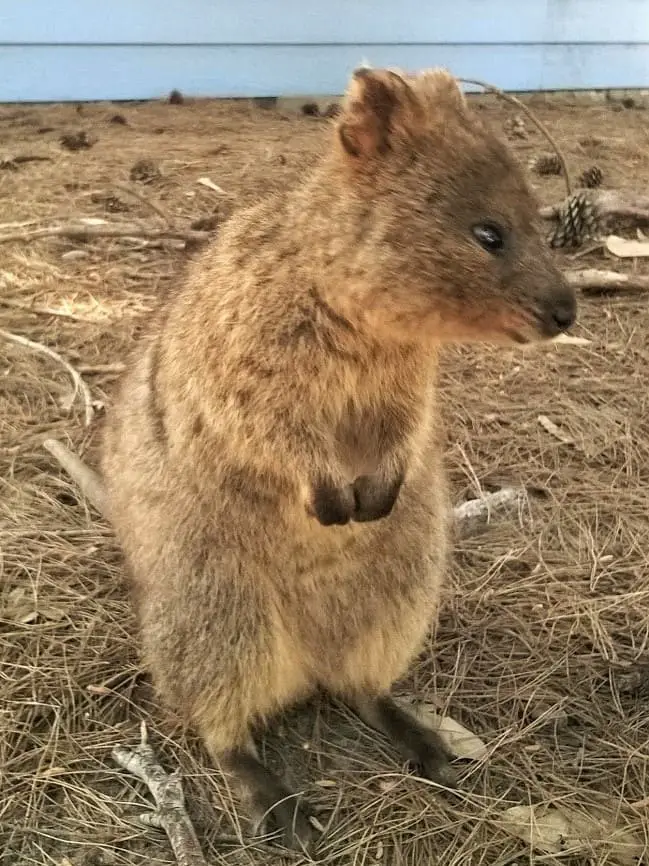
For guaranteed sightings of quokkas, book yourself a day trip or holiday to Rottnest Island, near Perth, WA. Rottnest is a stunning island with pristine beaches, turquoise water and no cars! It’s also home to over 10,000 quokkas! You can read about it in my blog post below.
It’s a great spot for a quieter, nature-filled holiday with camping, basic bungalows and higher-end accommodation.
5. Wombat
Wombats are large, chunky marsupials that dig out tunnel-and-chamber burrows with their strong claws.
Like with the koalas, you probably won’t see a wombat in Australia unless you visit a zoo or wildlife sanctuary. They’re nocturnal and come out at night to eat grass, roots and bark.
I spotted the wombat below at a campground in Wilsons Promontory National Park, near Melbourne. As you can see from the tag in his ear, he wasn’t completely wild.
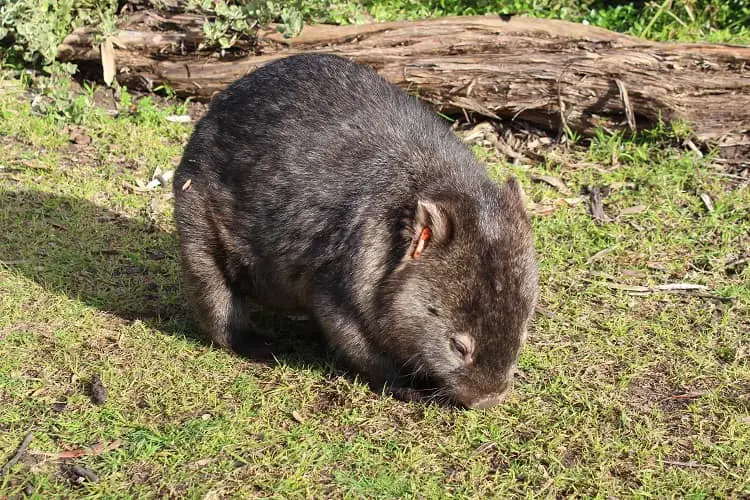
6. Possum
Possums are nocturnal marsupials that live in trees. There are lots of different types of possum, but the common brushtail possum has adapted to living in urban areas. They’re a bit like a larger version of a squirrel to look at.
You’ve got a reasonable chance of spotting a possum at night if you’re staying in a suburban area. But check out an Australian zoo or wildlife park to see them for sure.
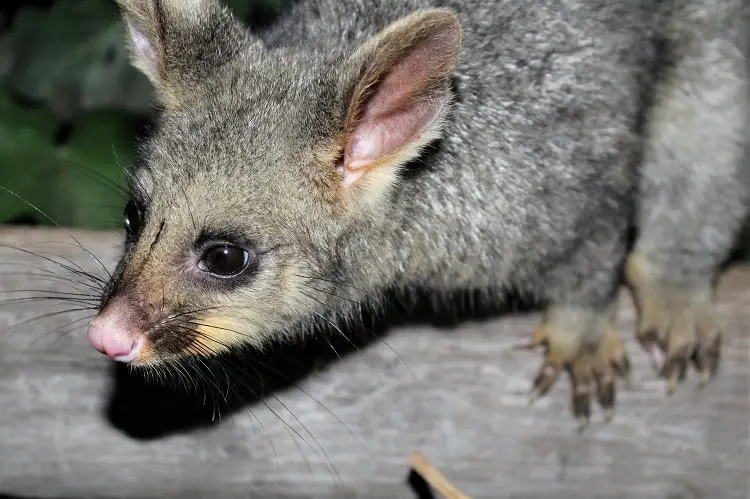
Wildlife Parks & Zoos in Australia
- Sydney: Taronga Zoo entry with sky safari & boat cruise
- Brisbane: Australia Zoo ticket & Brisbane transfer
- Adelaide Zoo
- Melbourne Zoo
Australian Sea Life
Australia has an enormous amount of marine life, and SCUBA diving and snorkelling trips are really popular here, as well as whale watching cruises in certain seasons.
In addition to the colourful tropical fish in Australia, here are some of the larger marine animals you might see.
7. Little Penguin
Little penguins are the smallest type of penguin species in the world. They’re only around 33cm tall and weigh about 1kg. They favour the southern coastline of Australia to breed in. New Zealand is the only other country you can find them in.
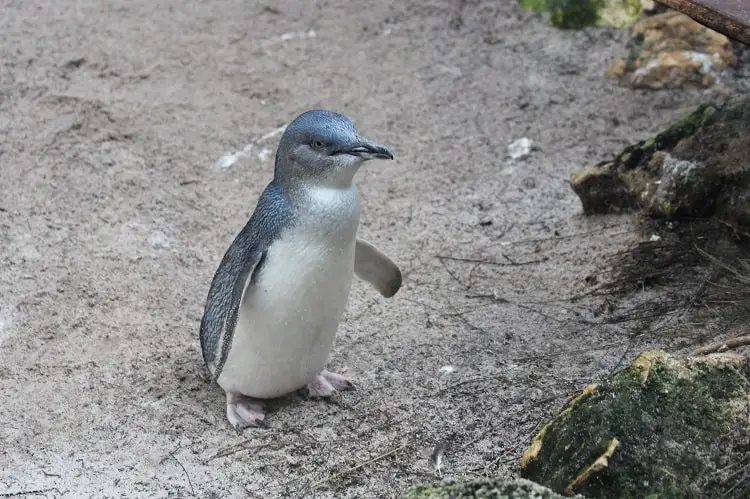
I did go to a penguin-viewing spot at Bruny Island Neck in Tasmania, but unfortunately didn’t see any. For a guaranteed sighting of little penguins in the wild, it’s best to book a ticket to the Penguin Parade at Phillip Island, near Melbourne.
Thousands of them waddle in from the ocean after sunset to head to their burrows for the night!
Penguin Experiences in Australia
- Melbourne: Phillip Island Eco Tour
- SEA LIFE Melbourne Penguin Experience
- Perth: Penguin Island Tour, Shoalwater
8. Shark
This is an Australian animal you don’t want to stumble across by accident! It’s well known that Australian waters are home to Great White Sharks, but there’s actually 170 species of shark inhabiting the ocean around Australia!
Some of these are endangered species, such as the Grey Nurse Shark, which is fairly placid and not a threat to humans.
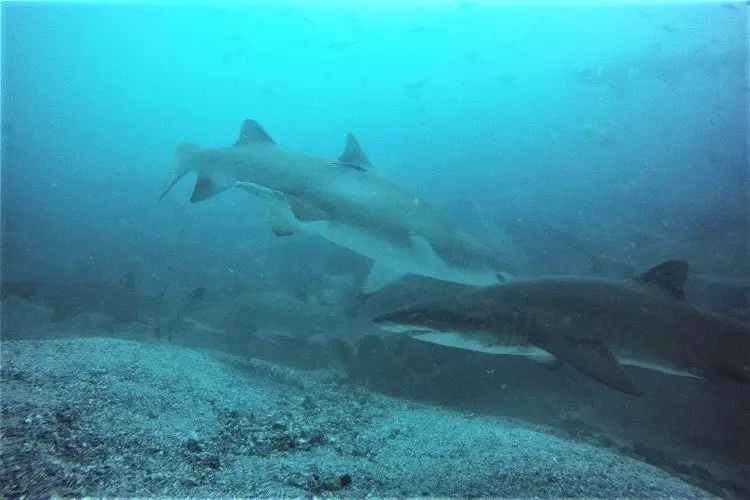
There are many trips and tours to see sharks safely in Australia, both in the ocean and in aquariums. Here are a few below.
See or Swim with Sharks in Australian Aquariums
- Sydney SEA LIFE Aquarium entry
- Melbourne SEA LIFE Aquarium entry
- Cairns Aquarium: Beginner’s scuba diving lesson with reef sharks, stingrays & more in the Reef Tank
- Perth AQWA: snorkel with sharks, stingrays, turtles & more in the aquarium
- Exmouth: Ningaloo Centre Aquarium skip-the-line admission
9. Australian Sea Lion
Yes, Australia has its own species of sea lion! These cute and playful creatures live around the more southern parts of the Australian coastline, as well as on many islands off South and Western Australia.
Popular sites to see Australian sea lions include Kangaroo Island and Baird Bay in South Australia. You can read more about my adventure in my blog post on swimming with sea lions on the Baird Bay Ocean Eco Experience.
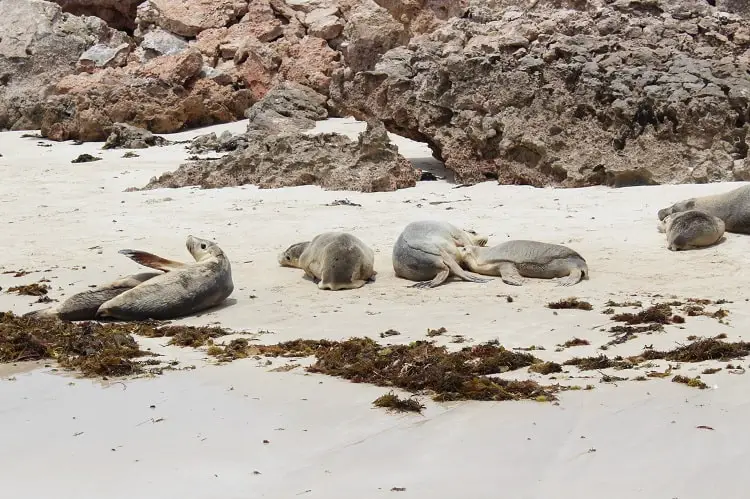
Snorkelling/Diving Tours in Australia
Here are a few options if you want to go on an organised dive or snorkel trip in Australia.
- Cairns Premium Great Barrier Reef Snorkelling & Diving: 8-hour cruise with lunch
- Baird Bay Ocean Eco Experience: half-day snorkel with sea lions & dolphins in South Australia
- Ningaloo Reef Eco Safari: snorkel with manta rays, turtles & sharks in Western Australia
- Sorrento 3-Hour Dolphin & Seal Swim: (near Melbourne)
- Manly & Shelly Beach Snorkelling Tour: 2-hour walk & snorkel trip in Sydney
- Moreton Island Dolphin & Snorkel Cruise Adventure: full-day trip from Brisbane with lunch
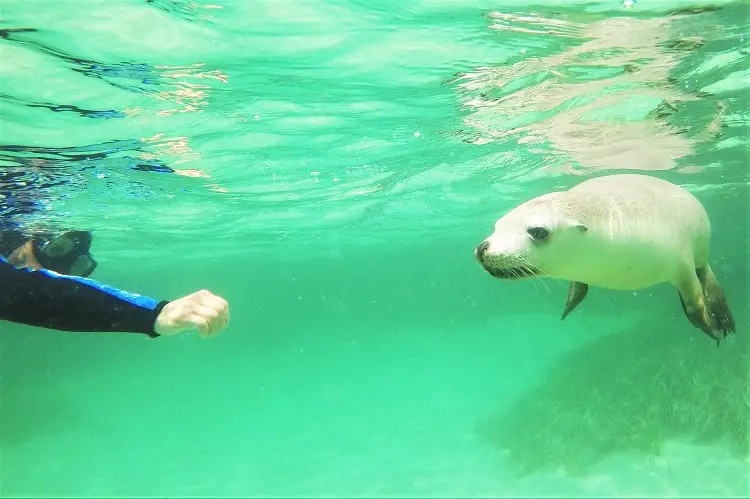
10. Dolphin
Wild dolphins are a fairly common sight in Australia. I couldn’t believe it when I first saw them in the Swan River in Perth, right by the city! I’ve also seen them in the ocean in Sydney and Byron Bay.
Dolphins are a protected species in Australian waters, and while bottlenose dolphins are a common sight, some of the rarer species are at risk of extinction. You can read more about this on the Australian Marine Conservation Society website.
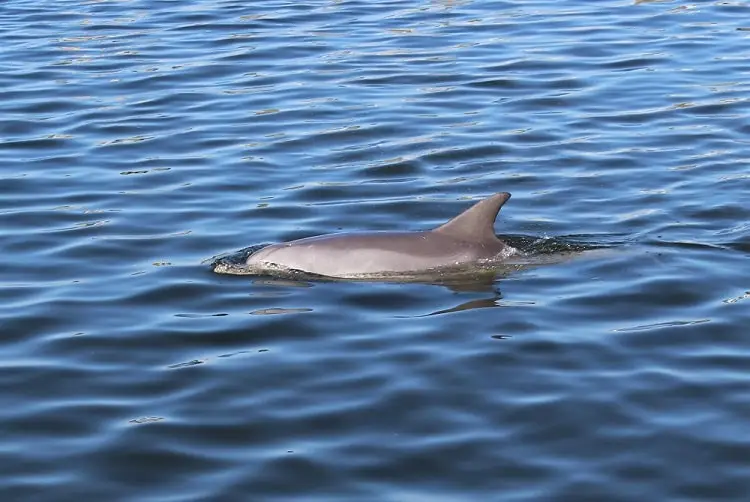
Aquariums in Australia
If you prefer to stay on dry land to see sharks, sea lions and other Australian marine animals, plan a visit to one of the Australian aquariums below.
- SEA LIFE Sydney Aquarium
- SEA LIFE Melbourne Aquarium
- SEA LIFE Mooloolaba
- Perth: Aquarium of WA
- Cairns Aquarium
Australian Birds
One of the first differences I noticed between the UK and Australia when I moved here was the birdlife. Not only are Australian birds bigger and brighter in general, but they’re much noisier!
Magpies swoop (some cyclists have straws sticking out of their helmets to prevent being attacked by them), kookaburras laugh and I can’t explain how loud the squawking is from a cockatoo!
Here are a few types of Australian birds you can expect to see here.
11. Parrot
Australia is home to over 50 species of parrot. I’m always reminded of how far I am from home when I spot one of these exotic birds! The Rainbow Lorikeet (top-left picture below) is particularly common in Australia, even in cities.

The noisy Sulphur-crested Cockatoo below is also quite common in suburban areas; you’ll hear them before you see them! I was very lucky to spot some Carnaby’s Black Cockatoos on my camping trip to Yalgorup National Park near Perth a few years ago, as they’re endangered.
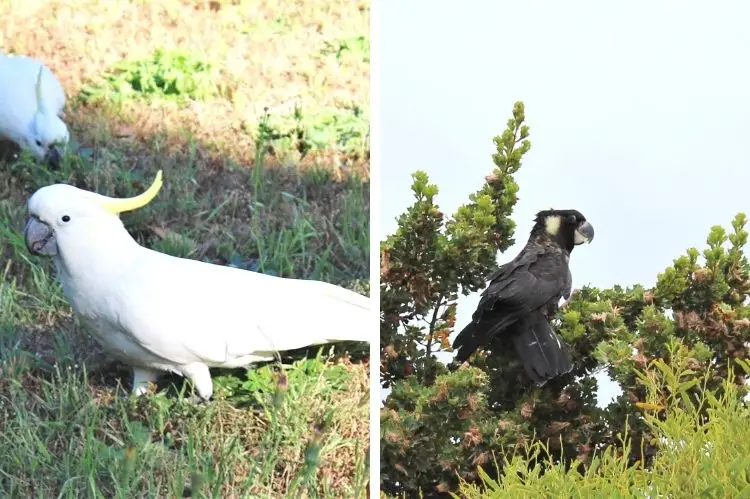
12. Kookaburra
The kookaburra is the largest member of the Kingfisher family, growing up to 18 inches in length! They’re native to the eucalyptus forests in eastern Australia, but you’ll see them in suburban areas now too.
Kookaburras are known for the distinctive laughing sound they make, particularly around sunrise and sunset. They can also be quite cheeky; the one below tried repeatedly to steal my sandwich from my hand!
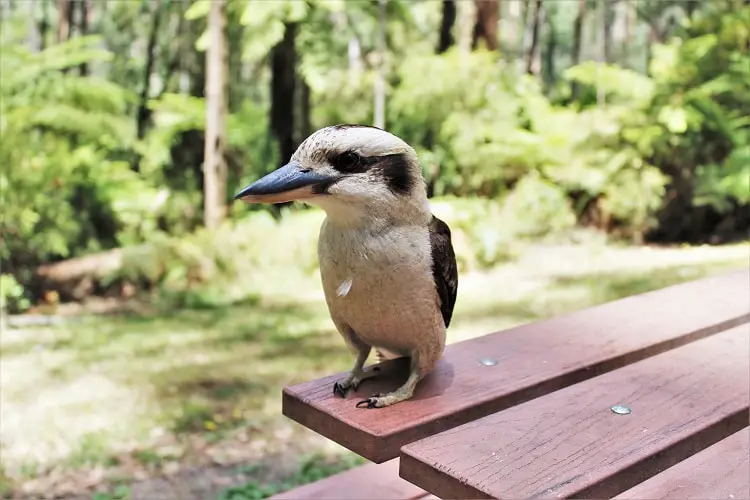
13. Ibis
Although these strange-looking birds seem kind of exotic, the Australian White Ibis is actually really common in cities. Their habits of scavenging for food in bins and parks has earned them the nickname “bin chicken” or “tip turkey”.
The Australian Ibis has no feathers on its head, weighs between 1.4 and 2.5kg and prefers to live in wetter areas of Australia.

14. Emu
The emu is one of the largest birds in the world, and at 1.6m to 1.9m high, the tallest bird in Australia. They can’t fly, and they’re an unusual species, as once the female has laid her eggs, she leaves the male to incubate them and care for them alone once they’re hatched!
They’re not a particularly common sight in the wild, but I managed to spot some in South Australia. You’ll likely want to visit a wildlife centre to see an emu in Australia.
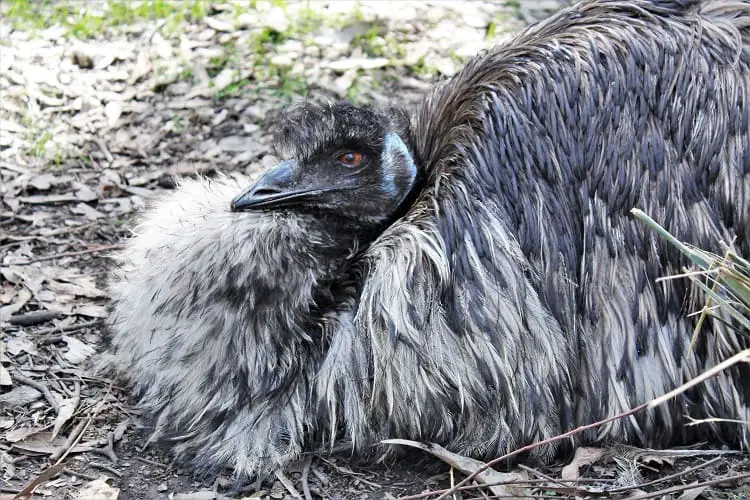
15. Cassowary
The flightless Southern Cassowary is slightly shorter than the emu, but can weigh up to 76kg, making them Australia’s heaviest bird.
The cassowary is a type of ratite bird, with dense, black feathers to allow it to camouflage in the dark rainforest. While the cassowary can’t fly, it can swim, and likes to live in swamps, tropical rainforests and mangrove areas.
Cassowaries are generally timid but have been known to attack humans occasionally. They have claws up to 12cm long!

Australian Reptiles
One of the types of Australian animals people fear most are the reptiles! Australia has around 14% of the world’s reptile population.
Here are a few Aussie reptiles you might come across (or hopefully not!) on your travels.
16. Crocodile
Australia has both Freshwater Crocodiles and Saltwater (Estuarine) Crocodiles (because one type isn’t enough)! While the crocodile has to be one of the most iconic Australian animals, let’s hope you never see one in the wild!
Crocodiles are more prevalent in the hotter, northern parts of Australia, like Queensland and the Northern Territory. You won’t just bump into them in the city!
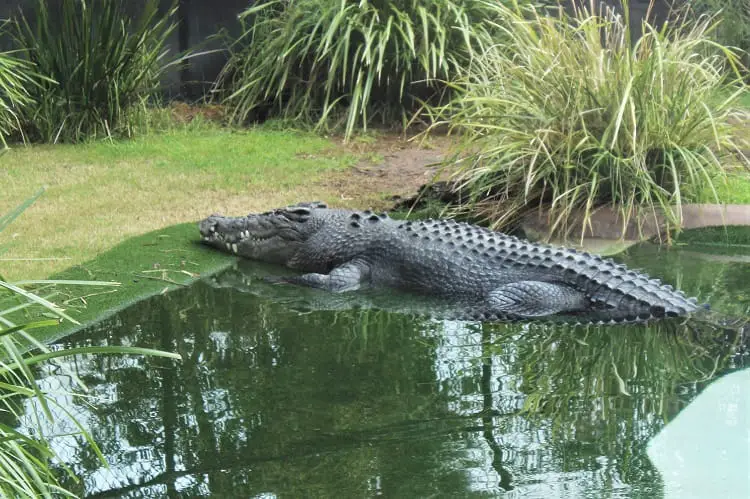
17. Lizard
Lizards are a really common sight in Australia. You’ll mostly see the smaller species like gekkos, but now and again you’ll spot larger, more unusual types like the goanna below.
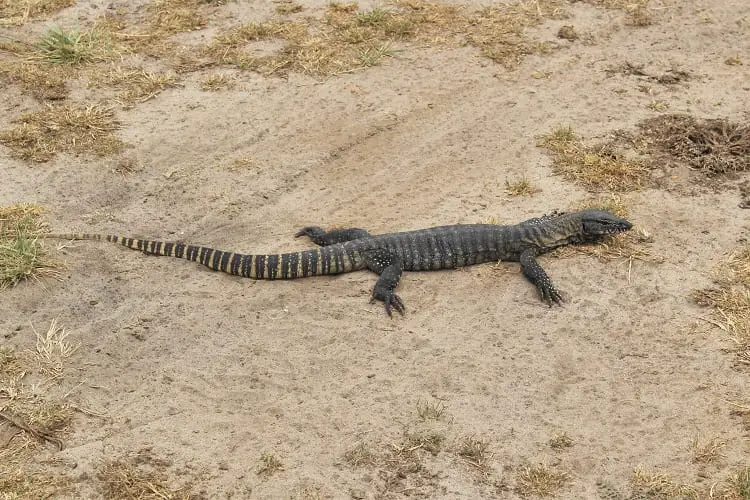
I saw lots and lots of blue-tongued lizards in Western Australia near Perth. They’re normally quite shy, but the one below seemed particularly threatened by us passing by on a walk!
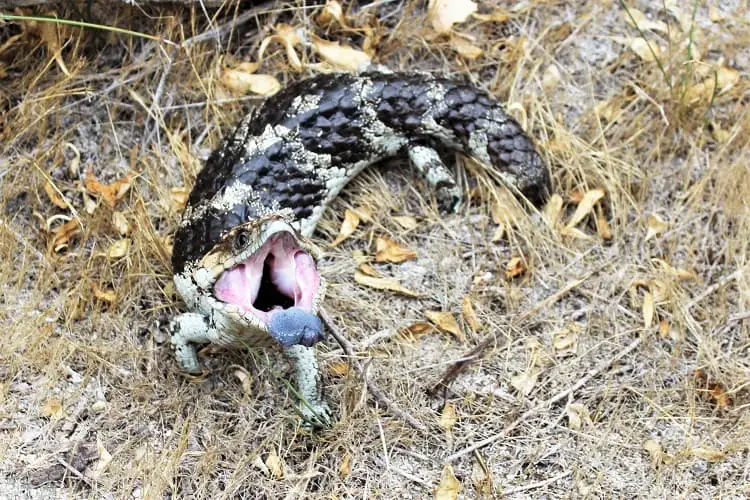
Water Dragons are quite common around waterways in Sydney and other eastern parts of Australia. They generally freeze still when you pass by and don’t seem particularly scared of humans.
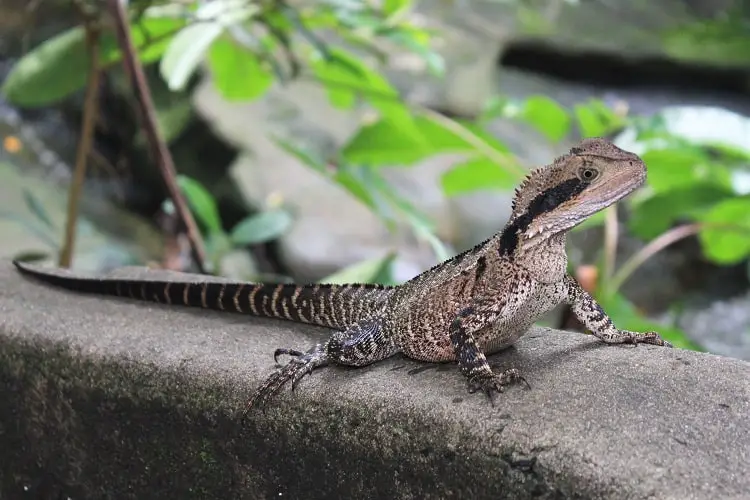
18. Snake
Now here’s the one that most people are afraid of! Even though Australia is well known for its snakes, I’ve actually not seen that many on my adventures.
The place I saw the most snakes was Tasmania – sometimes a few on a single walk. They have tiger snakes there, which are highly venomous with bands of colour like a tiger!
You can get snakes on the greener edges of cities, but it’s unlikely you’d see one in an urban area. They’re not something you really have to worry about (or maybe that’s just in Sydney)!
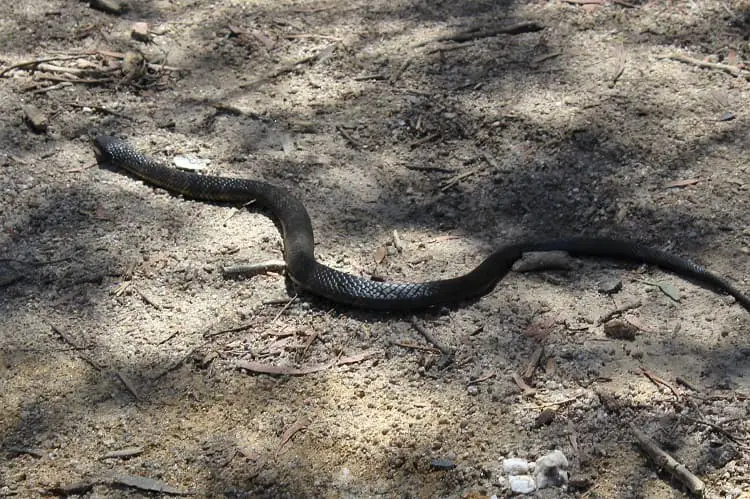
Insects in Australia
Australia is also well known for its scary and sometimes deadly insects. But along with the redback spiders are some fascinating and sometimes beautiful insects too.
Here’s a small selection of some of the insects I’ve seen in Australia. I’ve photographed plenty more but wouldn’t even know how to begin identifying them!
19. Jewel Bug
I happened upon these beauties in a suburban area of Sydney’s Inner West. At first I was a bit concerned that a man appeared to be staring at my car, but then I realised he was looking at the tree next to it.
These amazing, brightly coloured jewel bugs were plastered all over the bark. I wish I’d had my proper camera on me to get a better picture, but just look at the colours!
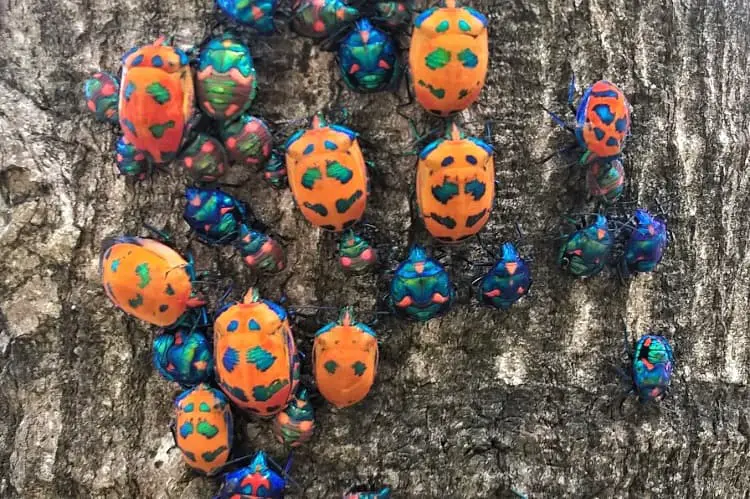
20. Centipede
This unusual and scary-looking beast used to hang out in a toilet block at a campsite I stayed at on my Perth to Adelaide road trip. I believe it’s venomous; thankfully I didn’t step on it! Look at that for a moustache!
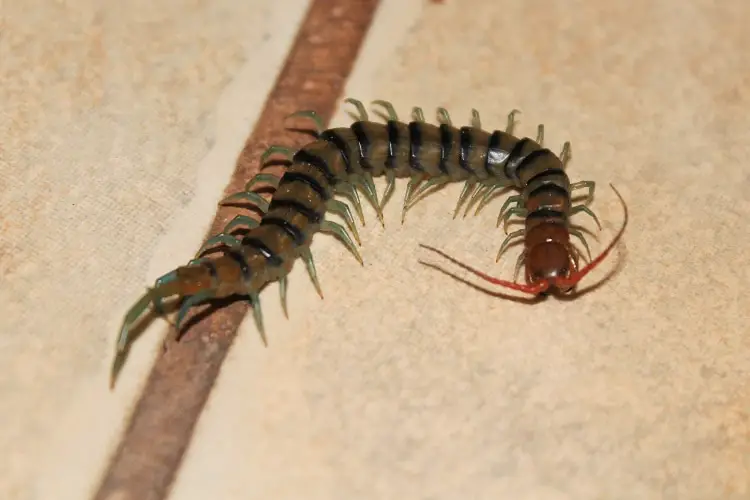
21. Giant Grasshopper
These big fellas can grow up to 9cm long. The one below was just chilling out on my car roof at a campsite in Western Australia. I couldn’t fit his antennae in the picture!
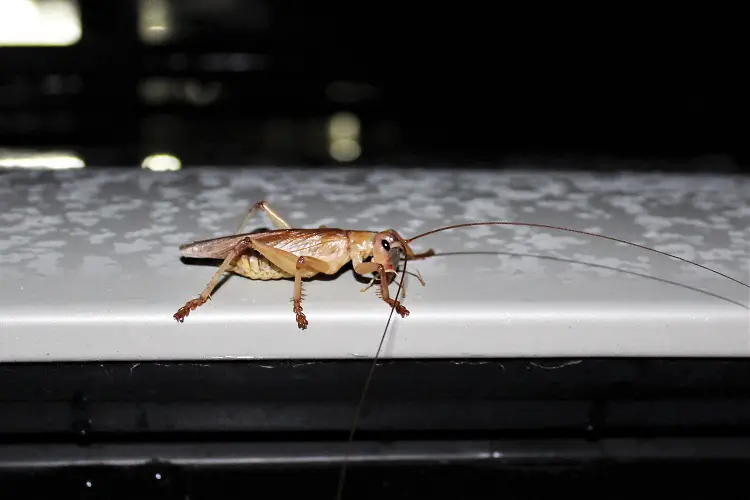
22. Caterpillar
There are over 10,000 species of caterpillars in Australia, so I’ve seen a fair few. Here are a couple of particularly hairy ones I saw in National Parks on my travels. You’ll also see them in cities; they’re pretty common.
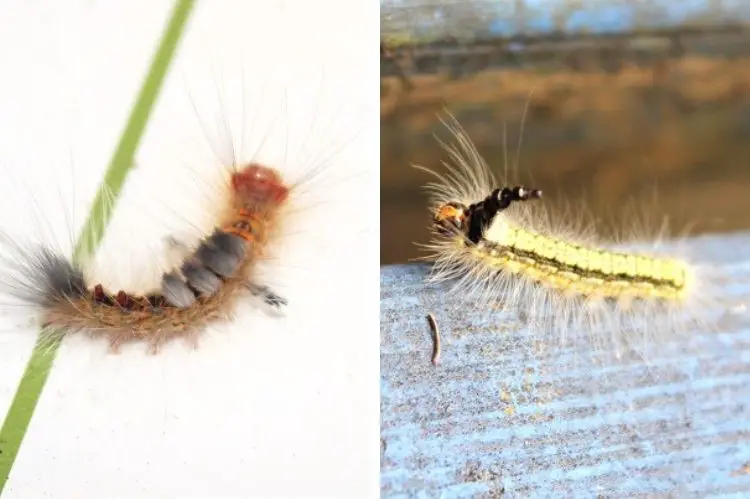
23. Paralysis Tick
If you ever move to Australia and bring your dog with you, make sure you research Paralysis Ticks. They’re a species of tick on the east coast of Australia that like humid, bushy environments. They’re particularly prevalent in Sydney during the warmer months.
Unfortunately, their saliva can be fatal to animals, so dogs in tick-prone areas need to be given a preventative treatment.
I’ve had to take two dogs to the vets with Paralysis Ticks during my time as a house sitter. One dog was fine, as she’d had preventative medication (just a bit sleepy); the other hadn’t had treatment and nearly died from pneumonia.
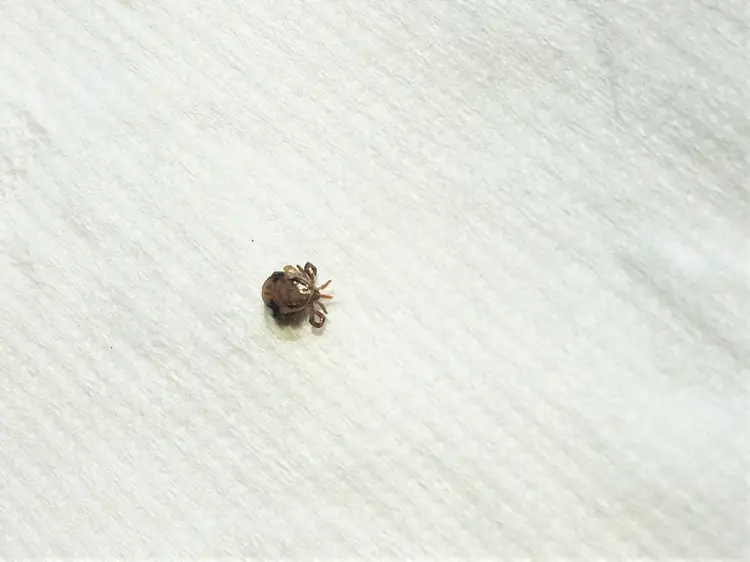
24. Bull Ant
The enormous Bull Ant species can grow up to a whopping 4cm long and live all over Australia! To protect their nest they will grab predators (i.e. you!) with their jaw and bend their bum over to sting.
Their venom isn’t fatal to humans, but it’s excruciatingly painful! Unfortunately I know from experience!
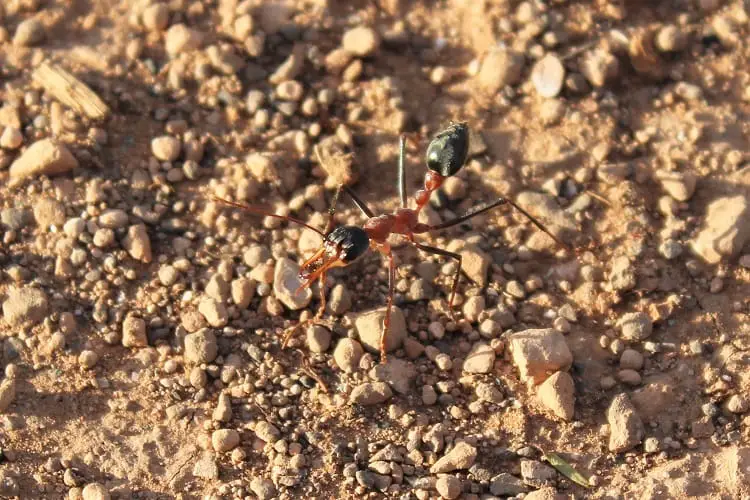
Bull Ants were rife when I camped from Perth to Adelaide across the Nullarbor Plain, and I got a very painful sting one evening in the dark. The lump took days to go down.
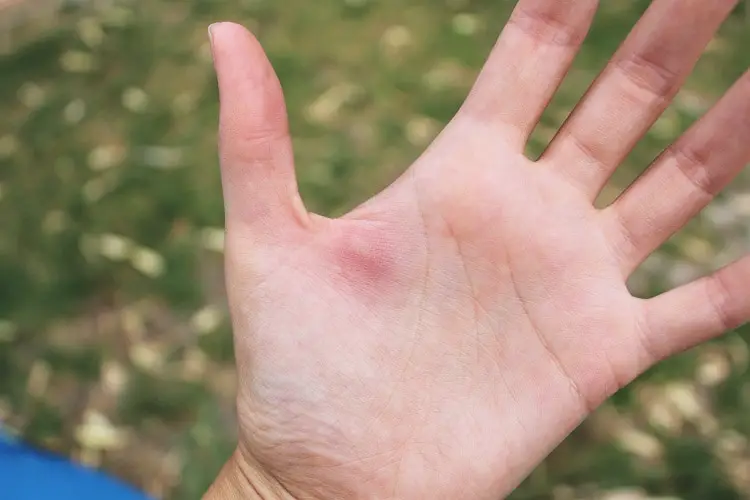
25. Spider
If you’re worried about moving to Australia because of scary spiders, you actually get way more spiders inside homes in the UK than in Australia! Australian homes tend to have mesh screens over the windows and doors to prevent insects coming inside.
Check out my blog post on Australian Houses Compared to UK Houses to learn about more differences.
Most of the spiders I’ve seen Down Under have been on camping trips to rural areas rather than in houses.
The most unusual spider in Australia I’ve come across has to be the harmless but spiky Christmas Spider below.
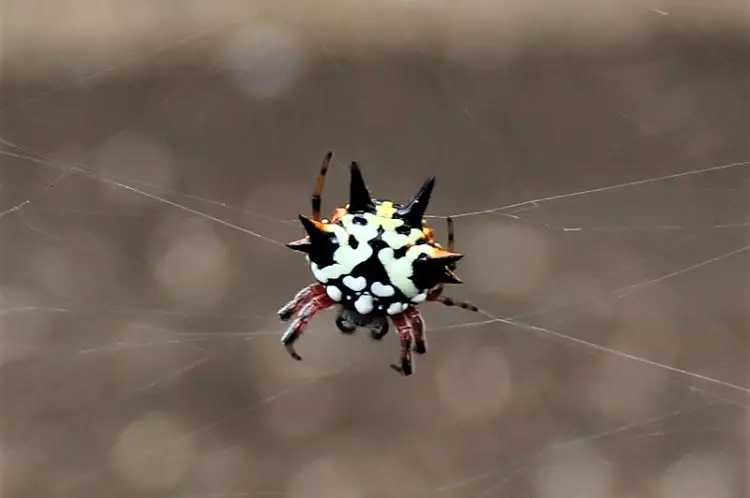
The Huntsman Spider (below) is one of the scariest-looking spiders in Australia, but they’re not lethal to humans. They are fairly common in Sydney unfortunately, although I saw the one below at a campsite in South Australia.
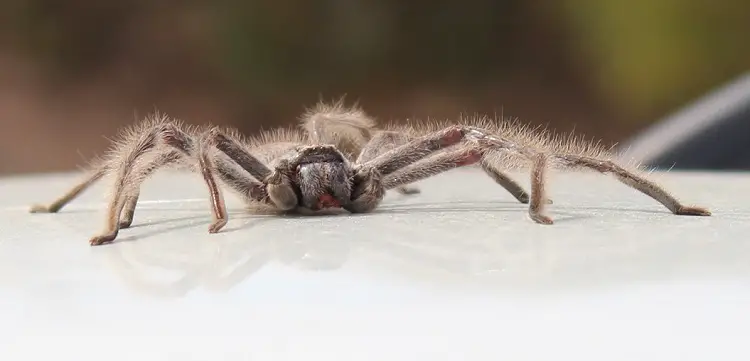
The Golden Orb Weaving Spider is another common species in Sydney. They’re harmless but quite big and weave huge webs with a golden sheen, often in gardens in suburban areas.
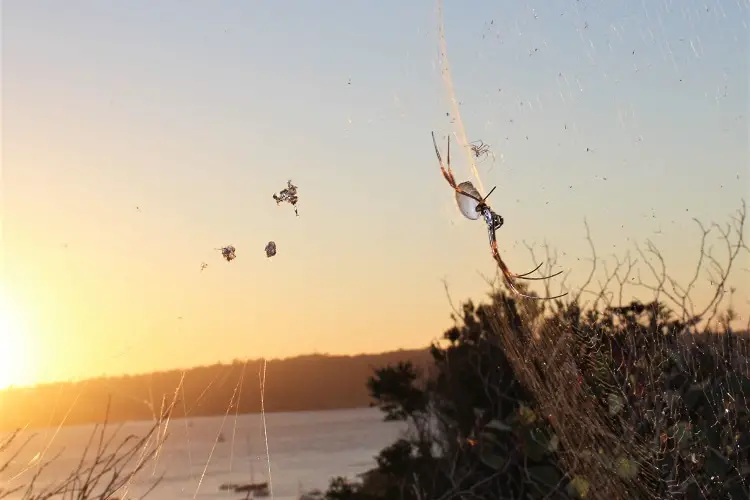
I hope that hasn’t scared you too much! There are thousands more Australian animals that I haven’t covered, but you can see how varied and unusual the Australian wildlife is!
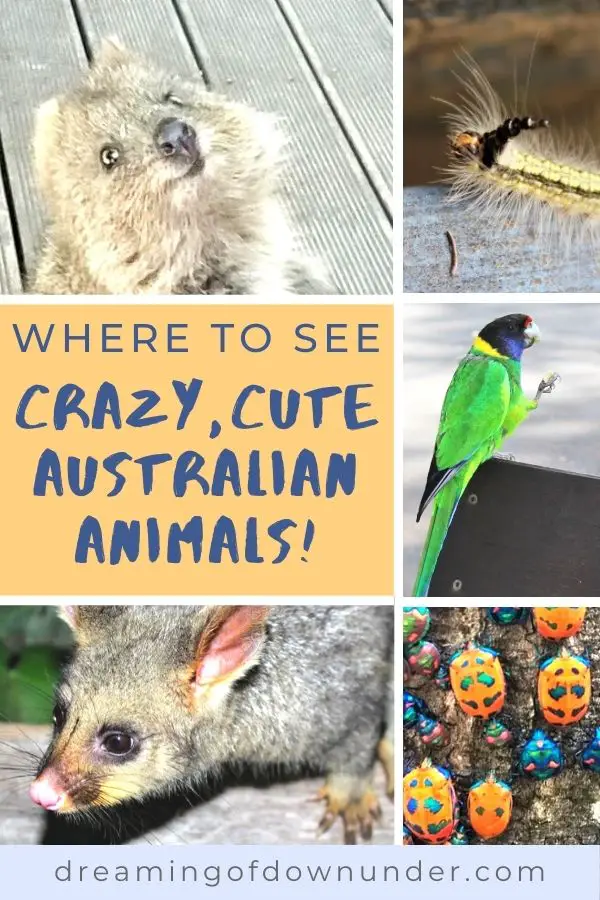
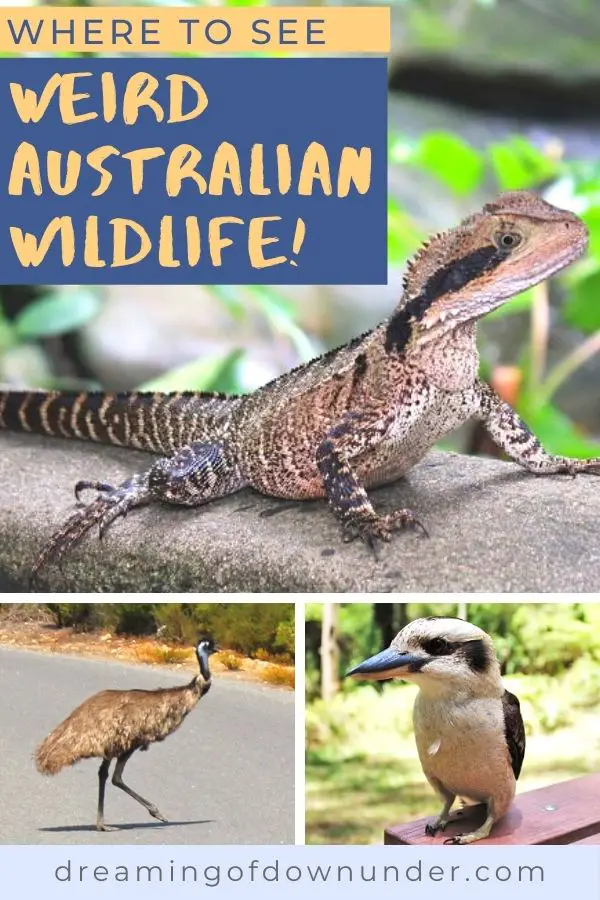
Lisa Bull, founder of Dreaming of Down Under, has been living in Australia as a British expat since 2015. After travelling to every state and territory in Australia and living in Perth, Brisbane and Sydney, Lisa knows from first-hand experience the best destinations to visit in Australia and the best budget travel tips. Her guides on this blog have been read by over 700k readers and helped thousands of people achieve their dream of living in or travelling Australia.
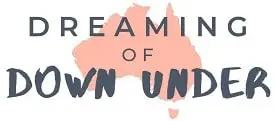
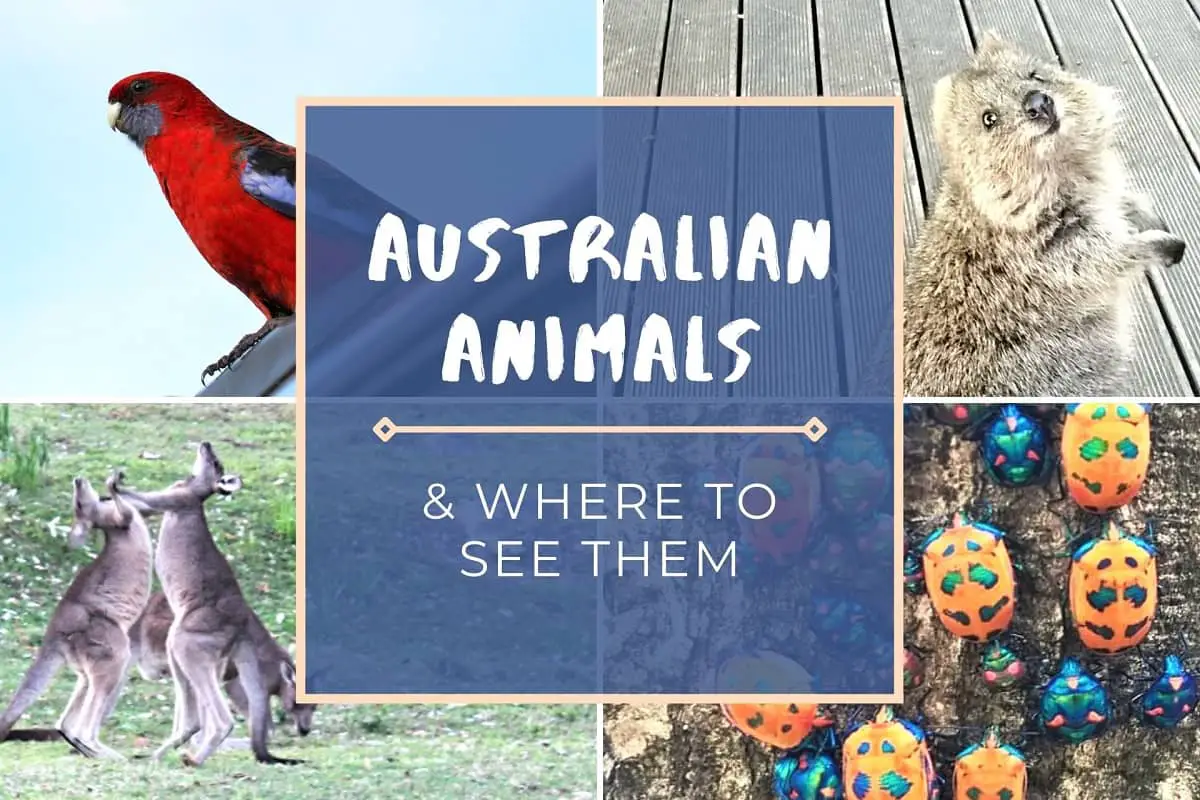


This is undoubtedly the best thing that I’ve come across today in the internet. It was a long time that I have been thinking on this topic but I couldn’t satiate my quench for knowledge through any post that I read. However, today that I came across your article, I seem to have learnt a lot and I have also gained enough knowledge on this topic. Thanks once again.